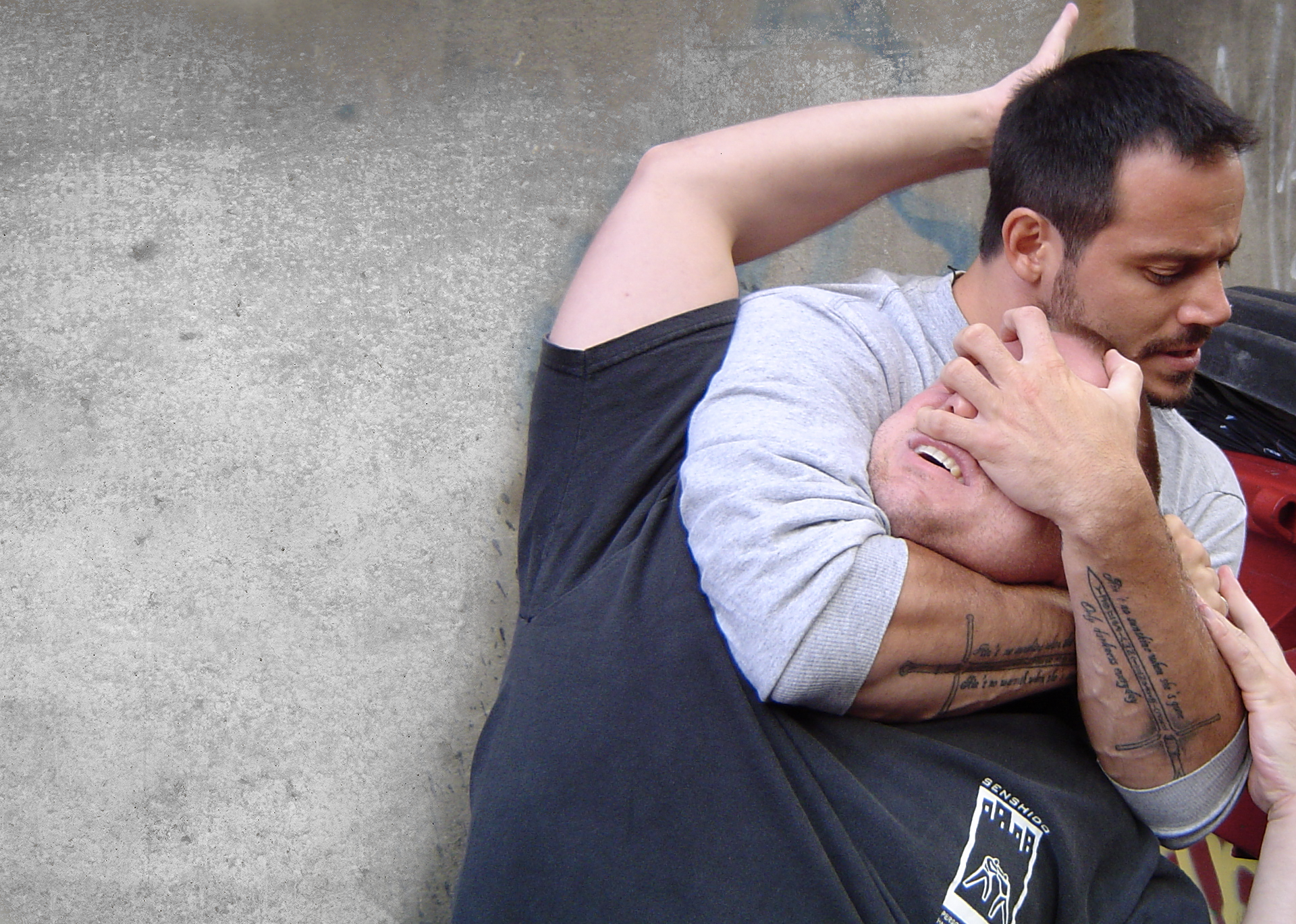At what level of ‘Self Defense’ will you settle?
What do you train for? Speaking of course, from a self defense, personal protection and self preservation perspective. I ask this because I notice...
Read moreFighting or Self Defense?!?
Fighting or Self Defense? Is it better to strike with a closed fist or an open hand? Are kicks useful for self defense? What...
Read moreThe 5 principles of physical retaliation: REBOOTED
The 5 Principles of Physical Retaliation AKA “The Shredder” Once struck, there are generally 5 different reactions a human being will have after getting...
Read moreWelfare on Ego
The following incident occurred on June 26, 2009 and I wrote about it as soon as I got home. What this incident perfectly illustrates...
Read more


